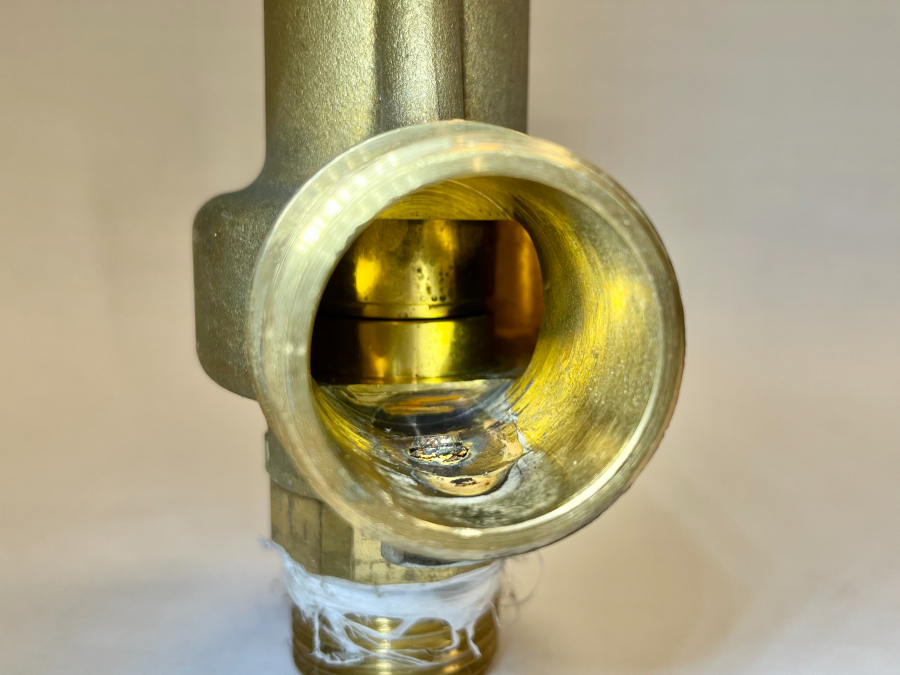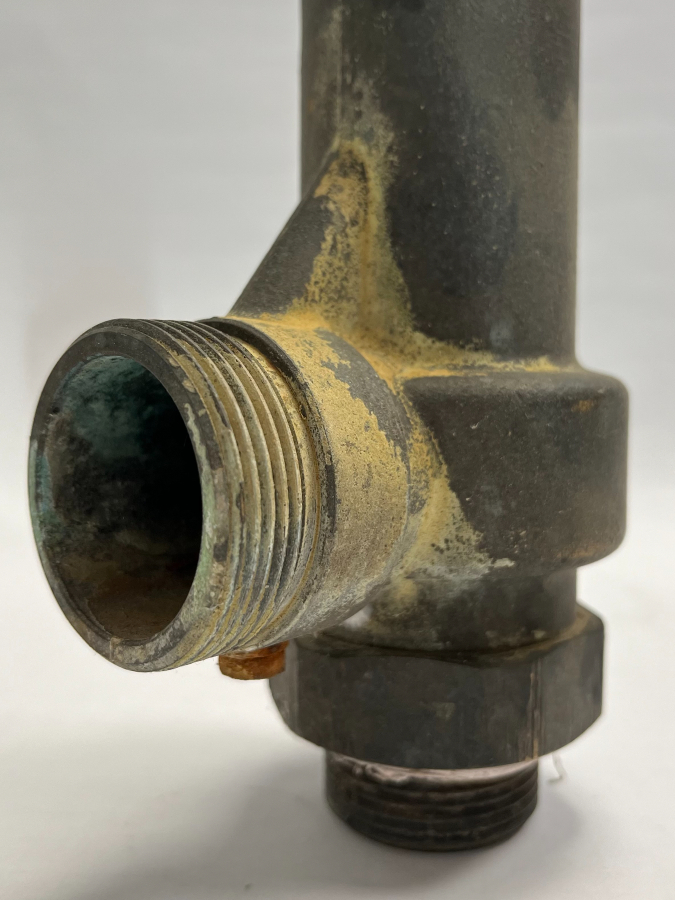Learn More > Safety Valves Maintenance And Malfunction Reason
Safety Valves Maintenance And Malfunction Reason
Why maintenance is a critical for safety valves?
Safety valves are crucial components in industrial processes, ensuring the safety and integrity of systems by relieving excess pressure. However, despite their critical role, safety valves can experience malfunctions, posing significant risks to operations and personnel. Understanding the causes and implications of safety valve malfunction is paramount for maintaining a safe working environment.
Improper installation and maintenance stand as primary contributors to safety valve malfunction. When safety valves are not installed correctly or maintained regularly, they become susceptible to issues like dirt accumulation, corrosion, or mechanical wear. These factors can obstruct valve components, hindering their ability to function effectively when pressure relief is needed. Even the complete brutal reclosing of the valve may damage the PSV seal, for this reason is never recommended to test the safety valve before putting it on the plant.
Furthermore, inadequate sizing or selection of safety valves can lead to malfunction. If safety valves are not appropriately sized for the systems they protect, they may struggle to handle excessive pressure, leading to failure. Similarly, choosing the wrong type of safety valve for a specific application can result in subpar performance and potential malfunction.
Mechanical issues, such as worn seals, springs, or other components, are also common causes of safety valve malfunction. With regular use, these components are subject to wear and tear, and if not promptly replaced or repaired, they can compromise the valve's ability to relieve pressure effectively.
External factors like extreme temperatures, corrosive environments, or improper operating conditions can exacerbate safety valve malfunction. High temperatures may induce metal fatigue or deformation, while corrosive substances can degrade valve components, rendering them ineffective.

How often should a safety valve be replace or tested?
The average lifespan of safety valves with elastomer sealing by Nuova General Instruments SRL, under specific operating conditions, is approximately 24-36 months. For safety valves with metallic/PTFE sealing, the average lifespan is 36-48 months under the same operating conditions. At the end of these periods, it is crucial to conduct an external visual check to confirm the valves' good condition, ensuring they are free from significant oxidations, erosions, and that the discharge openings/connections are clear of obstructions. In the absence of evident oxidations, erosions, deposits, or damages due to external causes, the average lifespan can be extended by an equivalent period as described above.
Regarding the periodic maintenance and check of safety valves in Italy, D.M. 329 dated 01/12/2004 defines the frequency of inspections for pressure equipment. The valve should be inspected concurrently with the examination of the entire system it is installed on. The inspection is carried out by a certified entity (e.g., INAIL) and involves verifying the set pressure value, as outlined in Article 13 of this ministerial decree. Typically, this verification is performed on a separate test bench using clean air. If this is not feasible, the valve can be tested directly on the system, provided it is possible to bypass the system's safety features without damaging components.
For installations abroad, adherence to the regulations of the destination country is necessary. In the absence of specific regulations, it is advisable to follow the guidelines of the international API510 standard, which suggests the following periodicities:
- 10 years for clean and non-corrosive fluids.
- 5 years for process fluids different from those mentioned above.
It is important to note that the external inspection of valves cannot replace the periodic verification performed by the Notified Body (NoBo), as required by the regulations of the country where the safety valves are installed.
Addressing safety valve malfunction necessitates a proactive maintenance approach, including routine inspection, testing, and replacement of worn components. Proper sizing and selection of safety valves based on system requirements are equally crucial for ensuring reliable operation. By prioritizing maintenance and adherence to safety protocols, businesses can mitigate the risk of safety valve malfunction and uphold the safety of their operations and personnel.
Ultimately, recognizing and addressing potential causes of safety valve malfunction is essential for safeguarding industrial processes and preventing potentially catastrophic accidents. Through diligent maintenance practices and adherence to safety standards, businesses can ensure the continued reliability and effectiveness of safety valves in their operations.
